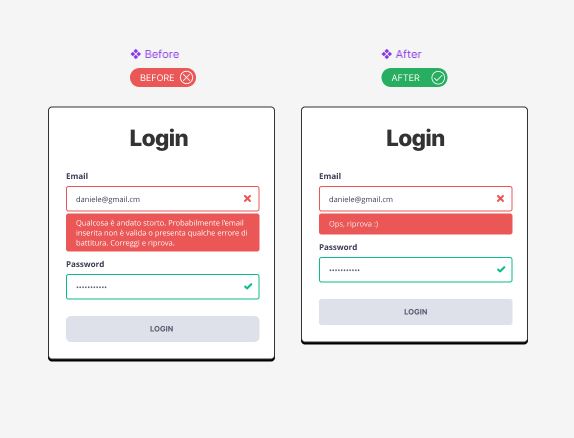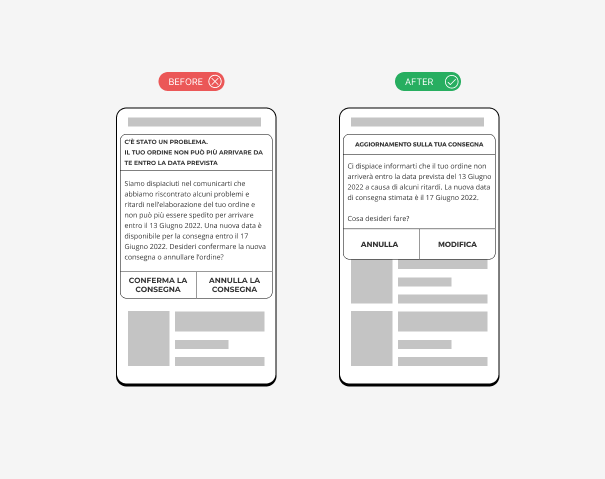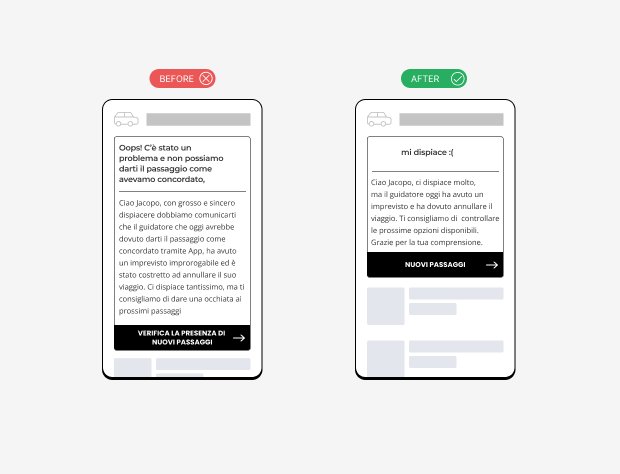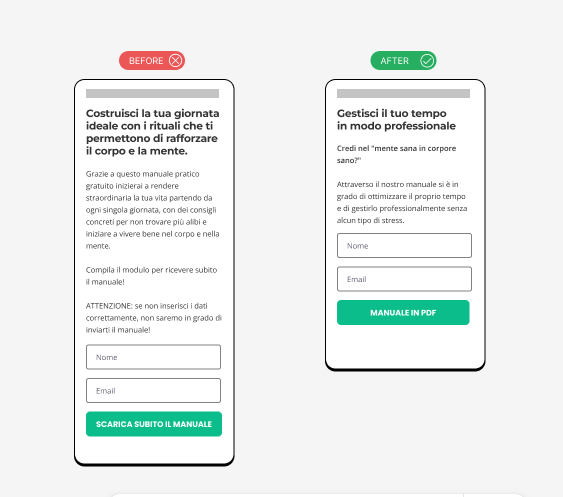I recently completed a comprehensive UX Writing exercise where I focused on improving the clarity and usability of a poorly written and confusing interface. The primary goal of this task was to identify weaknesses in the existing text, such as inconsistent terminology, vague instructions, and a lack of user-centered language, and transform it into a more intuitive and streamlined experience.
During the process, I thoroughly analyzed each element of the interface, keeping in mind the needs and expectations of the target audience. This involved rewriting the text to make it concise and action-oriented, establishing a consistent tone of voice, and ensuring that every piece of content had a clear purpose. I prioritized accessibility by using language that was inclusive and easy to understand for users from diverse backgrounds.
I analyzed the main issues with the interface, such as an inappropriate tone of voice, lack of clear instructions, and the use of overly technical jargon.
Then, I reformulated the content, aiming for a simple, direct language aligned with user needs. It was an excellent practice to improve my ability to communicate effectively through digital interfaces.



